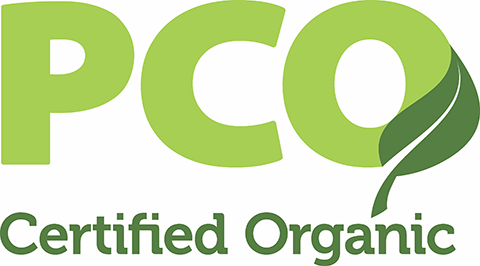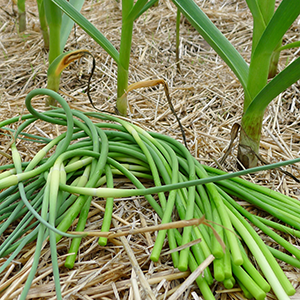
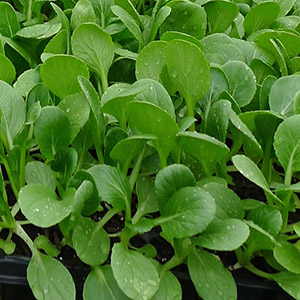
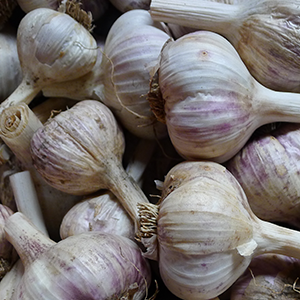
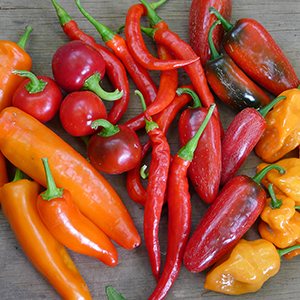
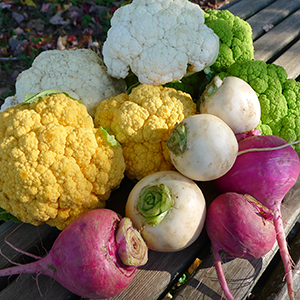
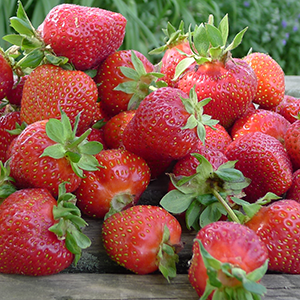



News and Notes | The Anchor Run Blog
Displaying a Single Post |
Show Recent Posts
June 25, 2023
Summer Rain
by Farmer Derek
Summer Rain
by Farmer Derek

Caterpillar tunnel tomatoes, pruned, clipped, and looking healthy. Big thanks to the farm crew for the great tomato trellising work!
What time is it? Tomato time! Sorry, not for ripe fruit, but for pruning, clipping, trellising, hours and hours each week. All of the tomatoes that we farmers harvest are now grown under cover in three of our tunnels. The u-pick tomatoes, all cherries, are still grown outside. Inside growing allows us to regulate the water supply and importantly keeps rainfall off foliage. All of the tomatoes are pruned to one main trunk and elevated off the ground. This allows for increased airflow and helps leaves dry off quicker, all attempts to keep disease at bay for as long as possible. It also makes harvesting a lot easier.
In June, tomato plants grow super quickly so each plant requires weekly maintenance. By mid-July we might go in there every other week. In the tunnels the plants will (hopefully) outgrow the space and will be lowered and leaned, i.e. more twine that they're connected to will be unspooled and the spool hardware will be moved a couple of feet down the wire it's suspended from. For the cherry tomatoes we try to buy time by leaning them as we go, so instead of growing vertically they might be continuously clipped at a 45 degree angle.
The soil in the tunnels is primo real estate and gets amended very heavily with compost, amendments, and organic fertilizers to support three crops each growing season. Since the high tunnel is moveable we're able to rotate tomatoes on a 3-year cycle but the other tunnels will have one year off after two on. So far, as long as we're maintaining and/or improving soil health we've only seen great production from repeated use of tunnel space for tomatoes and other crops. Maybe down the road we'll feel motivated to add another tunnel or two so that we can rotate indoor crops better, but for now all seems well.
Upcoming this week we have our big strawberry planting. In case you missed it, we treat our strawberries as annuals and rotate the patch around the farm, terminating the planting after its done fruiting in late spring or early summer. We then plant seven thousand new, dormant, bare root 'tips' in raised beds for a harvest the following season. They've been kept at 28 degrees since last fall, hence their dormant state. Once they're put in the ground here, they quickly wake up, shoot up leaves to soak up the sun's rays, and even try to flower and fruit. We try to prune these off so they don't waste important energy on this task since we don't want them to fruit until next spring and would rather have them spend their resources establishing themselves with great root systems and prolific foliage. If all goes well we can look forward to a bountiful harvest next season!

POSTS BY TYPE
POSTS BY MONTH

